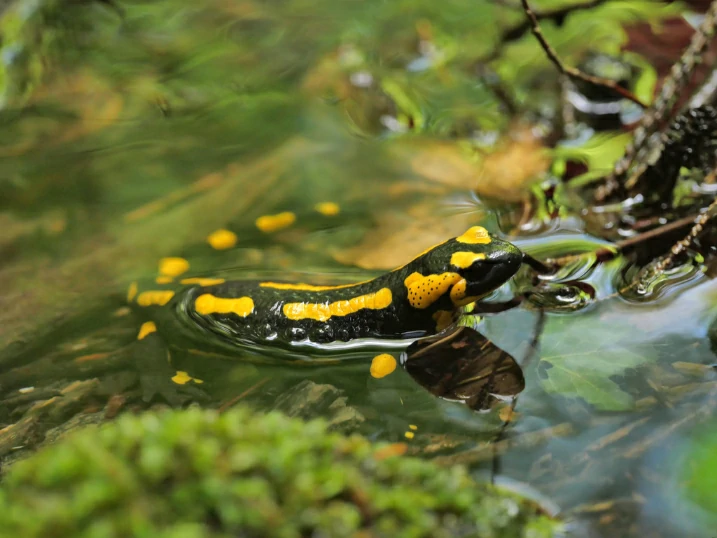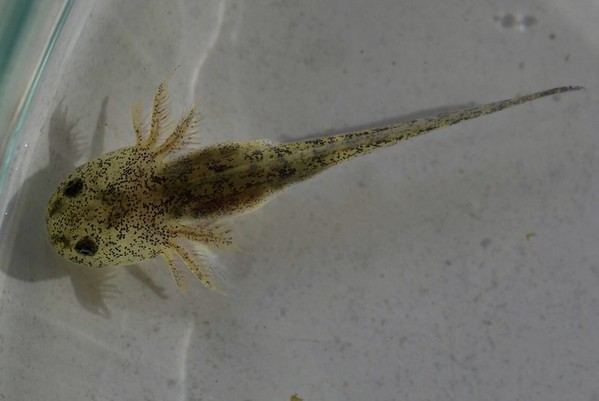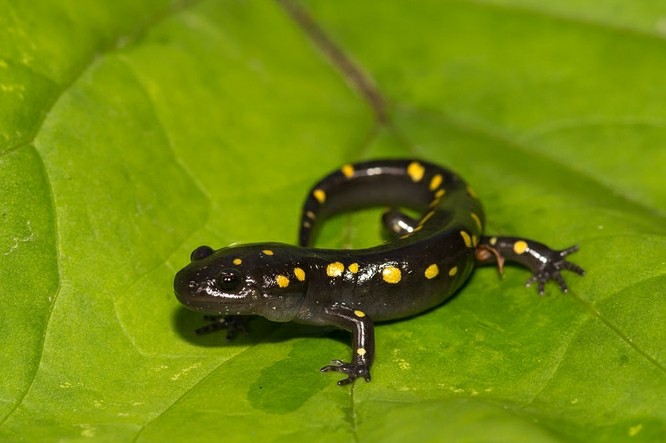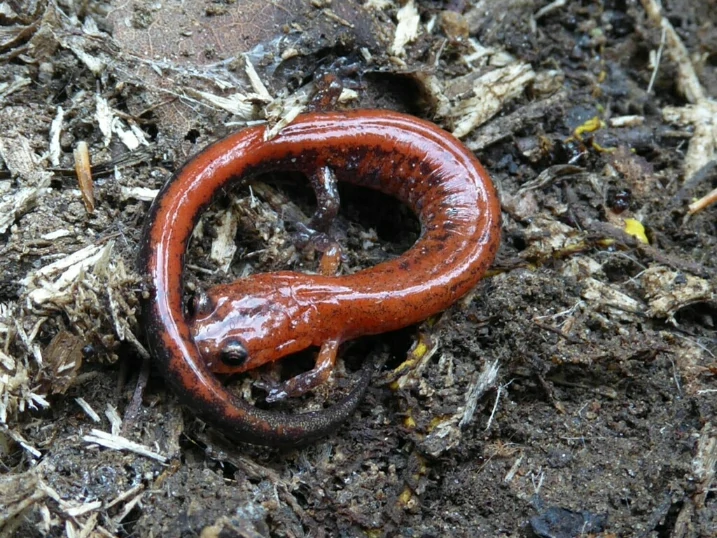Why Are Salamanders Indicator Species?
Salamanders are amazing animals that live in forests, wetlands, and streams. They have moist skin that lets them absorb water and breathe in part through it. You might wonder what makes them special, and why people say salamanders are good signs of environmental health. Salamanders are indicator species because their presence, how many there are, … Read more










